Robert Hébras, last survivor of a notorious wartime massacre in France – obituary
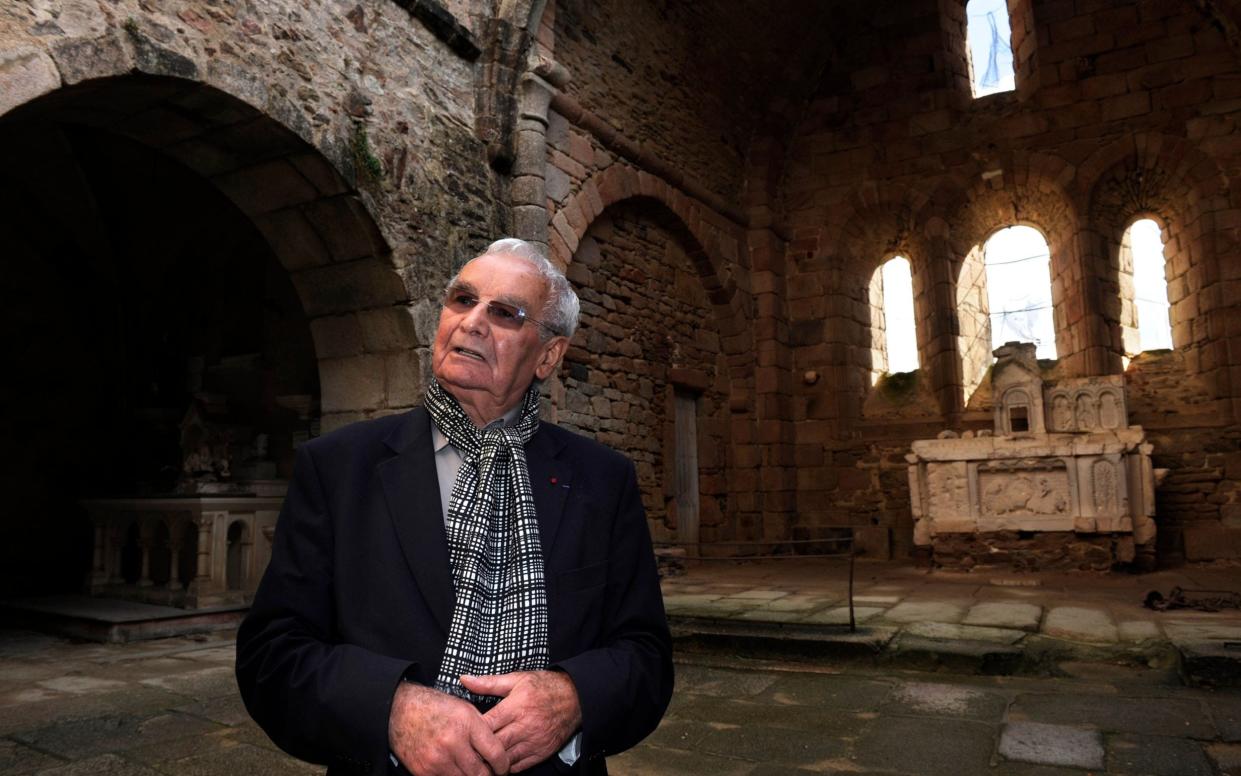
- Oops!Something went wrong.Please try again later.
Robert Hébras, who has died aged 97, was the last of only six survivors of the worst Nazi massacre of civilians carried out on French soil – at Oradour-sur-Glane, a small village in the Limousin region of southwest-central France, then under the control of the Vichy regime.
Born in the village on June 29 1925, Hébras could recall the sights and sounds of pre-war Oradour: ox-drawn carts; church bells; the clanging of the blacksmith’s anvil.
Normally he worked at a garage in Limoges, but on June 10 1944, a few days after the D-Day landings, he was in Oradour. At 2pm that day trucks containing between 120 and 200 soldiers of the 2nd Waffen SS Panzer Division – known as “Das Reich” – rolled into the village and began rounding people up in what appeared to be a routine search and identification operation.
Though few had met a German before, most were unconcerned. There had been no Resistance activity in Oradour, so no reason to suppose that anything more sinister was afoot.
The villagers were made to gather on the central green. “It was all done in a very calm and orderly fashion. I wasn’t at all scared,” Hébras recalled. “Why should I have been? I hadn’t done anything wrong.”
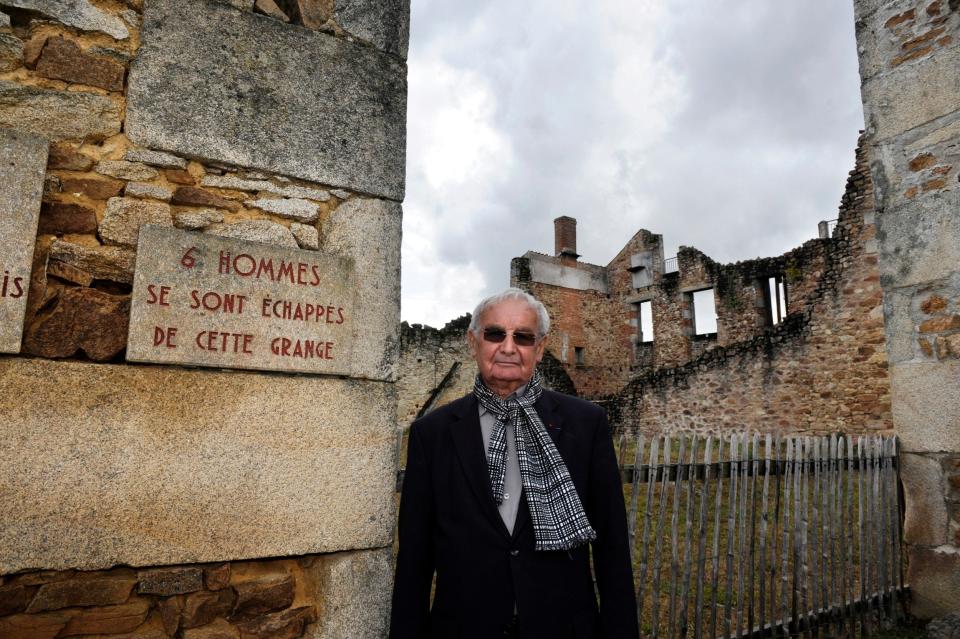
The men of the village were then split into groups and herded into barns, stables and garages, where they found machine guns in position. Even then most believed they would soon be released. “I was talking with my friends about our football team’s upcoming game,” Hébras recalled.
As the killings started the SS soldiers fired low, and within a few minutes, almost the entire adult male population of Oradour lay dead, dying or wounded. The soldiers piled them with kindling, straw and logs, then, after a break to drink champagne, sprayed them with flammable powder and set them alight.
The SS Das Reich then turned their attention to the church, into which they had crammed around 450 women and children, some of them mothers with babies in prams. They filled the church with a suffocating black smoke. As some, in panic, tried to escape through doors and windows or fled to the sacristy, the soldiers shot at the survivors and threw incendiary grenades, which created a furnace beneath the sacristy. As the floorboards gave way, those inside fell into the fire below. Only one woman survived.
By the end of the day 643 inhabitants of Oradour-sur-Glane, were dead, 260 of them minors and 68 under the age of six. The village lay in ruins.
The 19-year-old Hébras had been standing at the back of his barn when the shooting began and, though wounded in the leg and burnt in the flames, he was protected by the bodies of others. He and four other men managed to escape and hide in another barn, which the Das Reich soldiers also set alight: “We were able to crawl out of the back of the barn as it was engulfed by fire. I hid in the woods with burnt hair and a burnt left arm until I thought it was safe.”
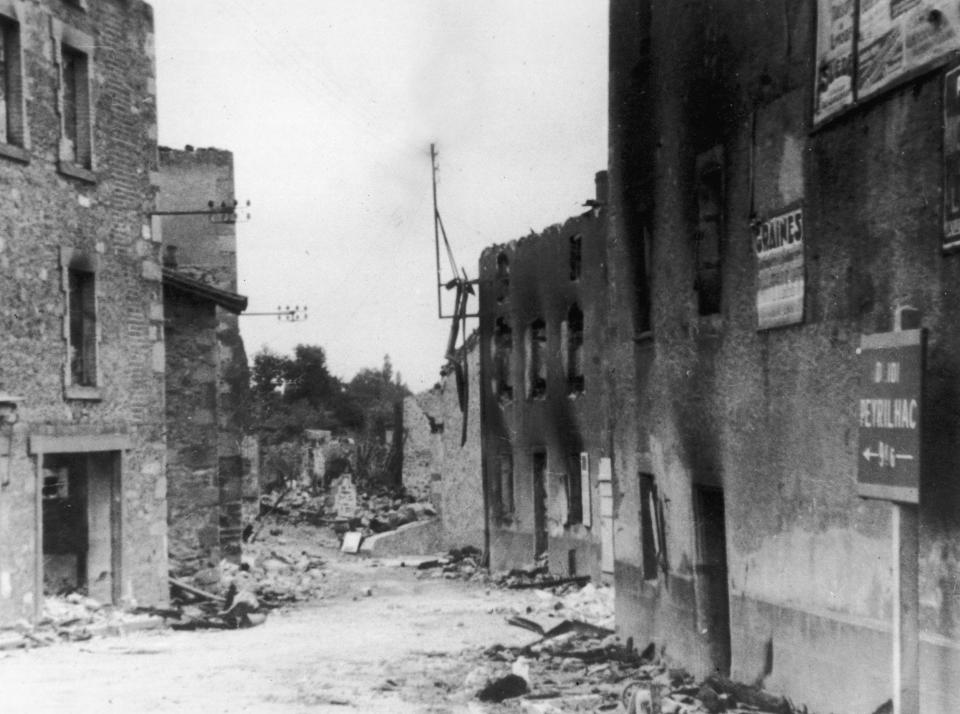
Hébras eventually took shelter with a relative who lived six miles away. There he was reunited with his father, an electrician, who had been away from the village on the fateful day. “My father and I returned to Oradour a few days later,” he recalled. “There were still piles of bodies in the church. They had not managed to burn the evidence properly.”
Hébras lost his mother Marie and two sisters, aged nine and 22, in the carnage.
The charred remains of Oradour-sur-Glane were left untouched and still standing after President de Gaulle ordered they should forever bear witness; a new village of Oradour was subsequently built nearby.
Settled in neighbouring Saint-Junien, Hébras established his own garage business and devoted the rest of his life to preserving the memory of the massacre and campaigning for justice for those who died.
But it was a frustrating business, as Oradour came to represent not just the atrocities committed by the Nazis but also a post-war failure to punish the perpetrators, by Germany but also by France.
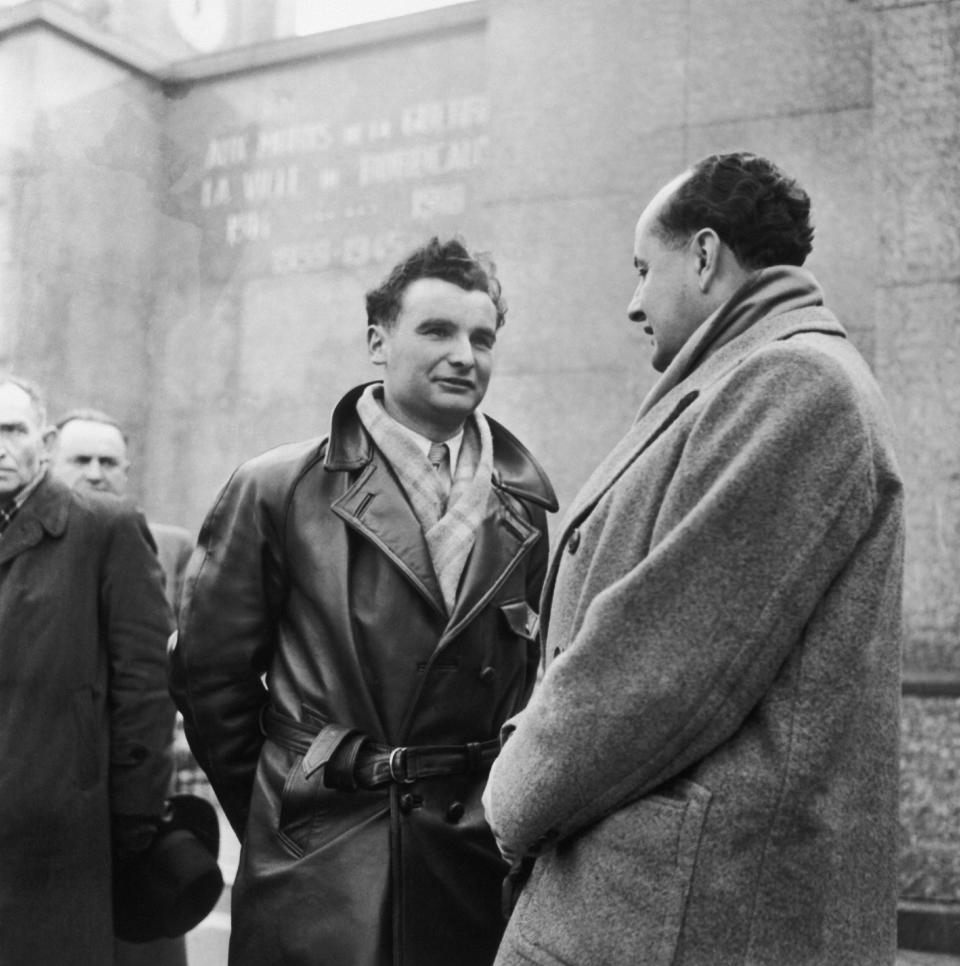
The highest-ranking German soldier at Oradour, SS-Sturmbannführer Adolf Diekmann, was killed in Normandy weeks after the massacre. Then, when 21 of the perpetrators finally went on trial in France in 1953, it turned out that 14 of them had been from the French province of Alsace, which had been annexed by Germany in 1940. Alsatians were deemed to have been forced to join the Nazi army, even though some clearly enlisted voluntarily.
From Oradour survivors came calls for the death penalty, from Alsace, pleas for clemency. France’s government, fearing a separatist backlash, immediately granted the Alsatians amnesty in the name of “national reconciliation”. By 1958 all those convicted had been amnestied.
The news was greeted as “a second martyrdom” for Oradour, and survivors gave back decorations bestowed after the war. Years of protest followed in which they refused to place the ashes of their dead in a government-built crypt and displayed contemptuous posters with the names of politicians who had approved the amnesty.
Later, in 1983, Heinz Barth, a senior member of the SS Das Reich was put on trial in East Germany and given a life sentence (though he was released in 1997). Other suspects living in East Germany were never pursued, however, allegedly because officials working for the communist secret police, the Stasi, used such information to blackmail war criminals into serving their interests.
In 2010, a historian working in East German archives discovered evidence that there were six men still at large, all in their late 80s, who had been involved in the massacre. An investigation was re-opened by German prosecutors and in 2013 an 88-year-old from Cologne was charged with the murder of 25 people committed by a group and other offences at Oradour. But the following year the case was thrown out on the grounds that there was not enough corroborative evidence to bring him to trial.
“I heard the news without surprise,” Hébras said. “... it was obvious that it was impossible, even for us survivors, to identify formally this gentleman as having been present.” But, he went on, “What was he doing there? That’s what I would have liked to know.”
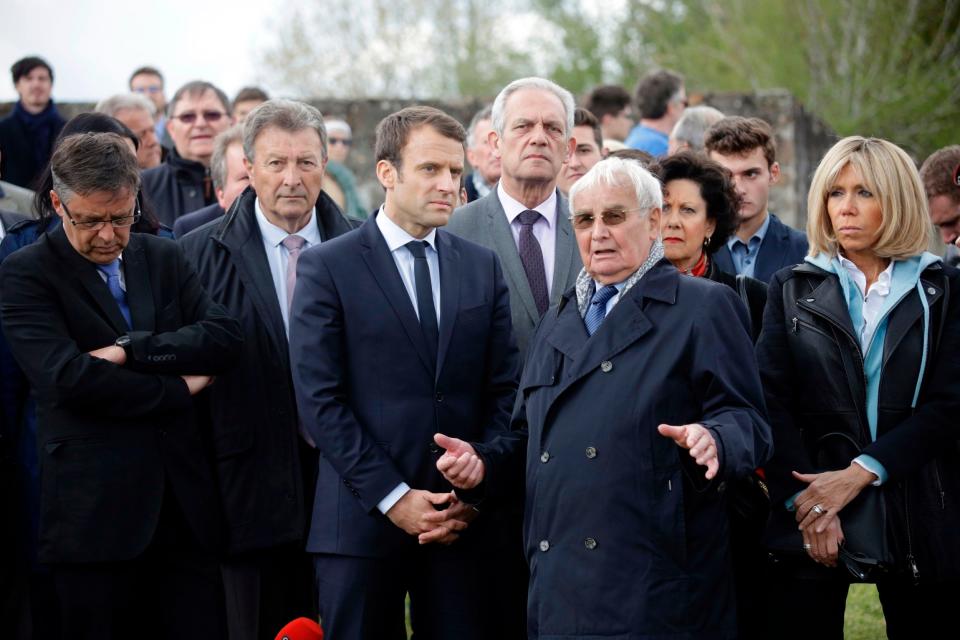
In September 2013, after almost six decades, President Joachim Gauck became the first German leader to visit Oradour, touring the ruins with his French counterpart François Hollande and two of only three living survivors of the massacre, including Hébras, in a gesture of reconciliation. When Hébras asked Gauck, a former pastor and anti-Communist activist in East Germany, to tell him why he thought Oradour had been singled out the German leader, like everybody else, had no answer. “They just did,” he replied.
“It’s always difficult for me to come here,” Hébras said. “But it’s important to preserve these ruins and keep telling the story so it can continue to be passed down when we’re no longer here.”
Hébras was married with one son.
Robert Hébras, born June 29 1925, died February 11 2023

